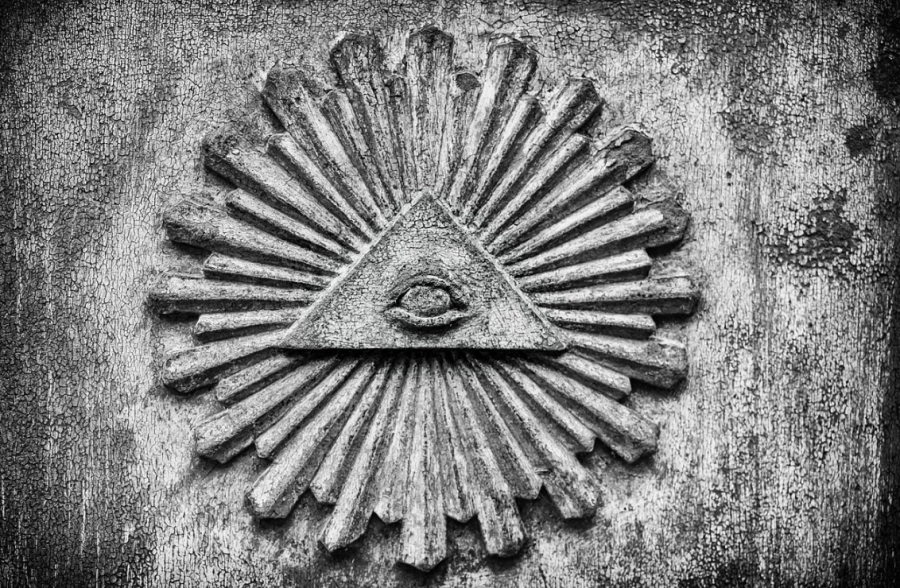Uncovering the Va’ad
April 20, 2023
From debates about Rabbi Michael Morgan’s wizardry to throwing head of school, Stuart Dow, into a cage last senior prank day, it is clear that conspiracy theory culture has infiltrated the Emery/Weiner School. The trend of debunking myths has moved to the looming threat of academic misconduct and its underlying shadow: the Va’ad.
Appearing 27 times in the student handbook, the term “Va’ad Tzedek” refers to an Upper School organization of students and faculty members who “meet regularly in order to hear Upper School cases involving student violations of the ‘Ten Commitments.’” In recent weeks, speculations about the Va’ad have spiraled out of control. Senior, Alex Wigder, is under the impression that the Va’ad, “is a select group of people, probably Elsa Koenig.”
In addition to accusing his peers, Wigder has continued to stay on high alert all hours of the day. On March 18, Wigder spotted students on campus during the evening, “who usually would not be there.” Wigder’s concerns align with an ever-increasing level of uncertainty with the Va’ad, meaning that the purpose and information about the organization must be elucidated for the betterment of the student body.
According to the handbook, all tier one and two violations “almost always result” in a hearing before the Va’ad. These misdemeanors include academic dishonesty like plagiarism, inappropriate behavior toward the Emery/Weiner School through social media, and other offenses in which the administration seeks the people’s perspective. Nevertheless, it is not clear to the majority of students whether or not this system is in place.
Emery/Weiner alumni and confirmed former member of the Va’ad, Noa Strauss, shed some light on her experience with the group. As a freshman, Strauss applied to be on the Va’ad, and once selected, she was not specifically told to keep her membership secret, but she was under the impression that her involvement should not be publicized. She said, “I knew that people in my grade were in it. It was less of a secret, but they didn’t want us to announce it.” Strauss recounted that in her sophomore year, “It just wasn’t utilized at all” because she, “was never invited to any of the hearings…[assuming] they just didn’t use it.” Nevertheless, it could be true that the Va’ad was still practicing, but participants like Strauss were just unaware because they were not invited to hearings.
However, Noa’s lack of involvement as a former member only perpetuates the confusion still circulating today. Head of the Upper School, Dr. Joe Weinstein-Sears was not able to confirm or deny whether or not the Va’ad still exists today, stating that “if the Va’ad existed, [he] thinks [he] would know about it” but he was unable “to speak to it” in terms of the clauses in the handbook. Sears was unable to define if or how the Va’ad is being used today and it is unclear if his reluctance to speak is due to discretion or uncertainty. If the organization no longer exists, it is up to administrators to revise the handbook and better explain to students how academic misconduct is handled.
Nevertheless, if a current Va’ad does exist, the spreading confusion may be justified by the fact that the purpose of the organization is to discuss confidential information. If so, all members have also successfully kept their participation under wraps even in the face of Wigder or other students’ inquisition. It is important that students understand the parameters set in the handbook and the procedures in place to handle academic misconduct. If rumors continue to spread about the Va’ad, students should turn to the facts in the handbook and the administration for clarification.
In conclusion: Be sure to stay safe and keep your head down, you never know who’s watching.

Elah • Apr 24, 2023 at 10:01 am
Natalie Burdine is in the Va’ad. This is a distraction, don’t fall for it kids.
Audrey • Apr 20, 2023 at 8:57 pm
SO GOOD!
Ethan Canfield • Apr 20, 2023 at 7:42 pm
Alex Levy is in the Va’ad.
Alex Levy • Apr 24, 2023 at 10:27 am
No comment.